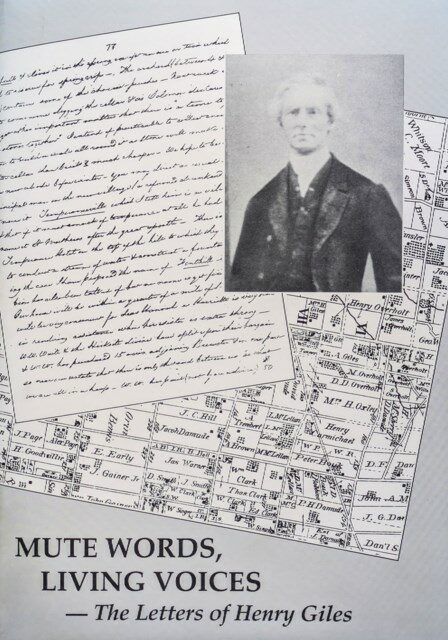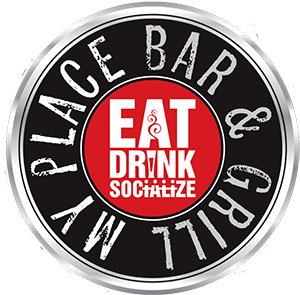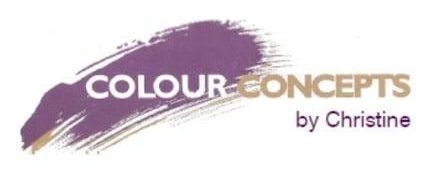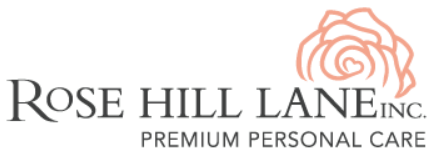 Pelham residents are fortunate to have access, in book form, to a series of firsthand observations on life in central Niagara in the early 1840s. Henry Giles was a well-educated Quaker who had recently emigrated from Norwich, England to Pelham. He made copies of letters which he wrote to family back in England. The surviving letters, written in 1842 and 1843, describe a wide variety of subjects including the weather, transportation, agriculture, the economy (including costs of living) and many other details of day to day life in this rural community. There are also sections on the history of the Giles Family and the Township of Pelham.
Pelham residents are fortunate to have access, in book form, to a series of firsthand observations on life in central Niagara in the early 1840s. Henry Giles was a well-educated Quaker who had recently emigrated from Norwich, England to Pelham. He made copies of letters which he wrote to family back in England. The surviving letters, written in 1842 and 1843, describe a wide variety of subjects including the weather, transportation, agriculture, the economy (including costs of living) and many other details of day to day life in this rural community. There are also sections on the history of the Giles Family and the Township of Pelham.
In one letter Henry mentions recommending the name Fonthill for the small village which was growing up near the temperance hotel at the intersection of Canboro Road and Pelham Road. In another he discusses the delight of horse and sleigh riding in winter, contrasting it to hauling wagons through the muddy roads of spring and summer. The first letter in the compilation, addressed to his cousin John Bevans, who was at the time living in South America, extols the advantages of emigrating to Pelham and reads much like a real estate promotion. Henry was an Orthodox Quaker so many of the letters address life within the early Pelham Society of Friends community.
Some letters also comment on other parts of Upper Canada which Henry had visited. In one letter he describes walking on the ice under Niagara Falls in winter and observing “columns of ice 70 ft. in height some fluted, others fantastically ornamented assuming a coral like appearance and an evanescent rainbow playing above.”
The publication of the letters was generously entrusted to The Pelham Historical Society by the Giles family. Leo Giles had painstakingly transcribed the original letters and Mary White provided early family photos to help illustrate the book. Pelham Historical Society member Mary Lamb and summer students Kris Kernaghan and Tania Charzewski compiled the book. It is important to approach these letters with an understanding of the context in which they were written. Certain passages or viewpoints expressed may reflect attitudes that are outdated or may be considered insensitive by today’s standards. However, this does not diminish the historical significance of the work.
This book is a redistribution of what was first published by The Pelham Historical Society in 1992. It is available for purchase at Shoppers Drug Mart, PharmaChoice and J&J Florists in Fonthill and Nature’s Corner Café in Ridgeville for $15.
For more information, please visit www.pelhamhistoricalsociety.ca.
 Back to myNiagaraOnline
Back to myNiagaraOnline































